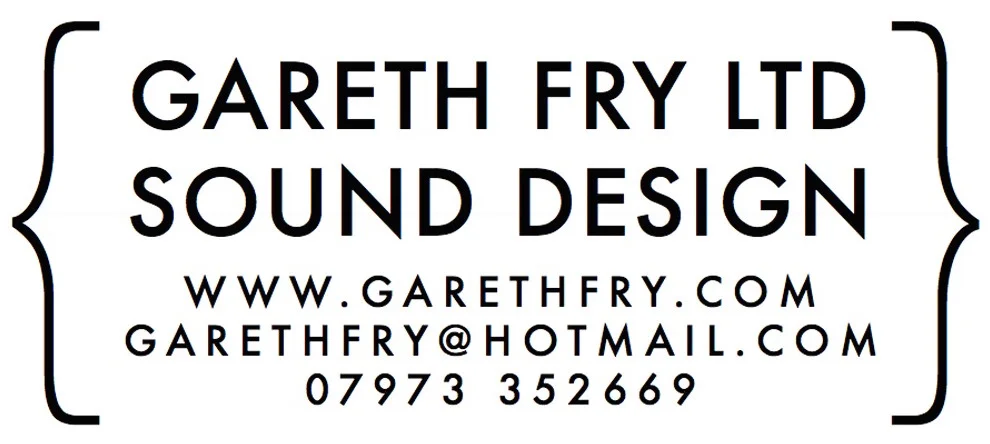Cat in the Hat audio manual
Version 2/11/2018
The information in this guide changes regularly to reflect changes in the software and hardware used by The Cat in the Hat.
Sound Design by Gareth Fry
Music Composed by Paul Clark
The National Theatre Production
The original production at the National Theatre included a vast array of sound effects, recorded music and voice-overs. We had a sound operator who played the sound effects, music and voice-overs into the show, using several computers. We used a complex sound system running off multiple computers to route the sound effects and music to 12 individual speakers around the auditorium. This setup is beyond the scope of most theatre productions so we have created two smaller versions of the show that run off a single computer. All the music is pre-recorded and we have provided you with the same recording used in the National Theatre’s original production in London. The score is highly complex and utilises a vast array of instruments, both conventional and made especially for the show. Consequently there is no notated score available for the soundtrack, so there is no provision for re-recording or performing the music live with your own musicians.
The voice-overs were generally "Said the Cat", "Said the Fish", etc. These were recorded by the actor playing the Boy. For your production it may be easier to do this live with an actor offstage speaking into a microphone, or with Sally and the Boy saying them live onstage. We decided not to include these voiceovers as it adds significantly to the complexity of operating the sound and the recorded voice-overs would be in a different voice and accent to that of your performers which would sound strange! We also had a second recorded voice for the Mother's lines at the end of the show.
National Theatre Speaker Plan
A lot of the sound cues are responses to the actions of the characters onstage. Consequently, the sound design sounds a lot better if the music and effects sound like they come from the same place as the performers. For example, if the Cat drinks a cup of tea, we want the accompanying SLURP sound effect to come from exactly where he is standing. To achieve this, we put most of the speakers onstage at floor level. The worst thing you can do, is have the sound effects coming out of speakers on the proscenium, or in the roof of the theatre, as this will divorce the sounds from the performance, making them seem really fake. Worse still, we discovered that children of this age range do not have the ability to imagine that a sound coming from one place is supposed to relate to an action somewhere else, i.e. if they see the Cat drinking a cup of tea upstage left, but the sound comes from downstage left, they think that there are two people drinking tea. They interpret very literally.
We did use flown speakers though, to achieve the motorcycle driving across the roof of the theatre, the golf ball ricocheting around (speakers 9 & 10) and the music before and after the performance (speakers 7 & 8).
Your production
The two versions we have created for MTI have been developed for different levels of resources and budgets.
This version is for companies with moderate budgets and equipment resources.
It uses playback software, Figure 53’s QLab, that many theatres and schools already have, or if not, can be rented for a few dollars per day (Figure 53 also provide educational pricing). It requires a Mac computer, an 8-output sound-card and 8 individual speakers placed around the space.
Check out the 8 speaker version here.
This version is for companies with limited budgets and equipment resources.
It uses playback software, Figure 53’s QLab, that can be downloaded and used to a limited degree for free, and requires a Mac computer connected via it’s headphone output to a pair of speakers at floor level.
Check out the 2 speaker version here.
All the speakers we used were medium-sized speakers, with 8” drivers. As the 4 upstage speakers (numbered 1-4 above) were behind the blue Cyc, we used EQ on our mixing desk to boost the high frequencies to compensate.
The links at the top of this page describe the two versions, how to download the sound effects and how to implement them into the show.
Dr. Seuss text, characters and images TM and © 2009 Dr. Seuss Enterprises, L.P
For more information, please contact your MTI customer representative at (212) 541-4684, or visit our website at www.mtishows.com.








